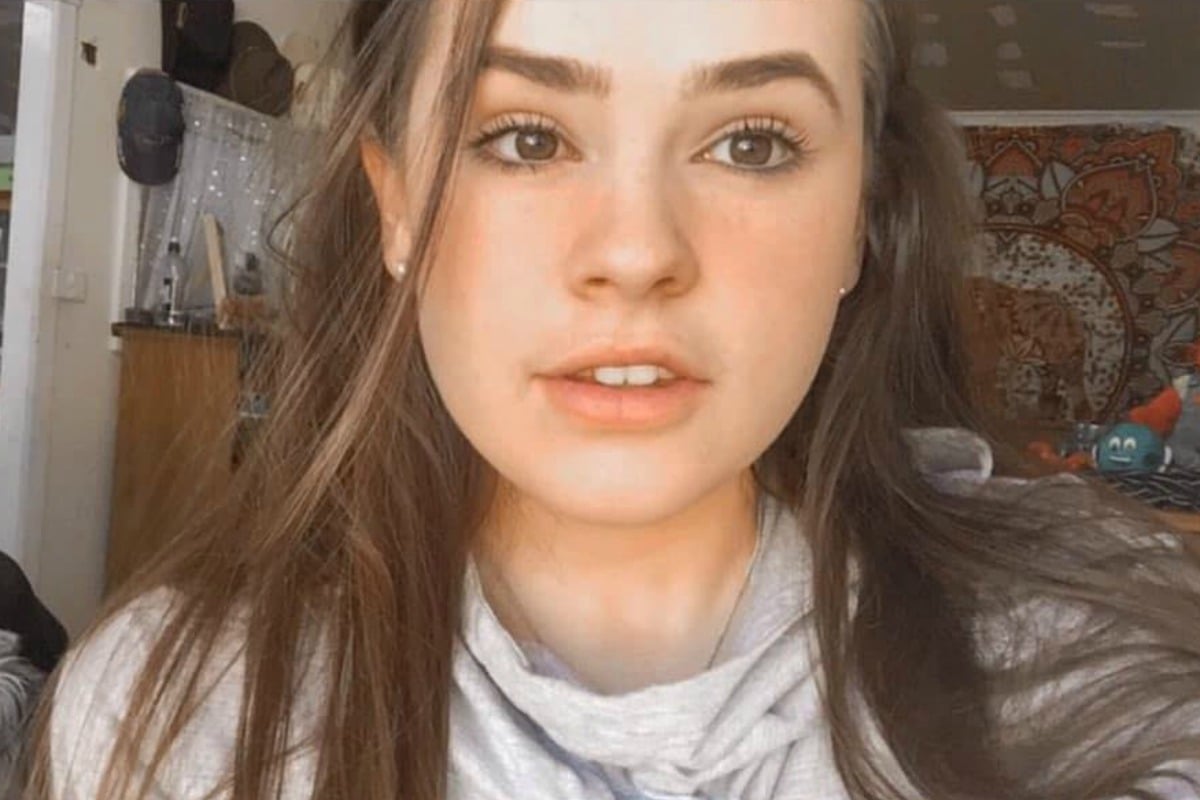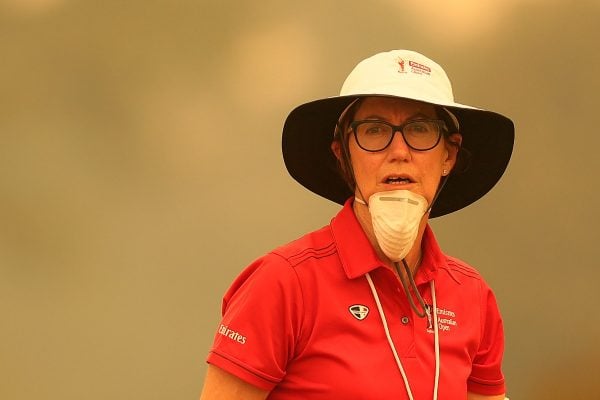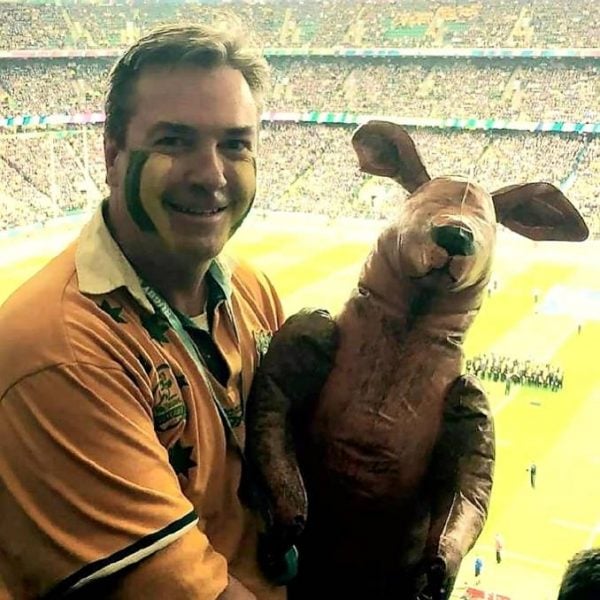
At least 27 people have died this bushfire season.
More than a billion animals have perished in the flames.
We’ve lost thousands of homes, and millions of hectares of Australian bushland.
But we’ll never know the full death toll from the current disaster that is still unfolding on our shores.
Sidenote: Here’s Celeste Barber’s mother-in-law on the devastating bushfires. Post continues after video.
Millions of Australians have been breathing in toxic air for months now. While many of us have been able to take shelter indoors, in some areas, the smoke is particularly bad. Then there’s our firefighters, who have been breathing it in all day every day, since November.
Over the weekend it was confirmed 19-year-old Courtney Partridge-McLennan’s death in November was the result of an asthma attack brought on by the bushfire smoke.
“Tammy, Chris and Courtney’s sister Cherylleigh don’t want her passing to go unnoticed against the backdrop of these fires. They wish to raise awareness of the seriousness of asthma, the risks to people with asthma and the dangers of bushfire smoke, so no one else has to go through what they’re experiencing,” wrote Asthma Australia in a statement on Facebook.






























































































